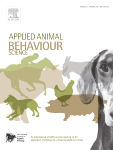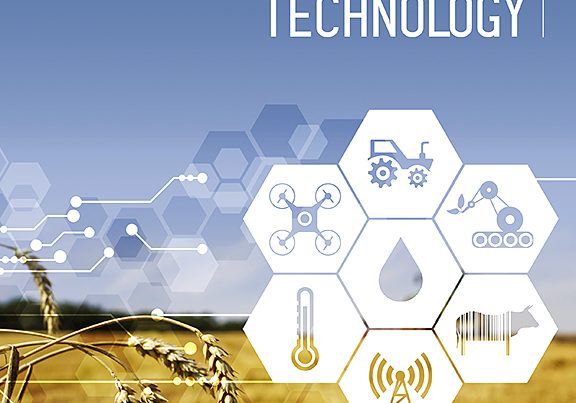Document type : Scientific journal published in Applied Animal Behaviour Science
Authors: Karin A.Laurijs, Elodie F.Briefer, Inonge Reimert, Laura E.Webba
Preview: Public concern for farm animal welfare is increasing. Animal welfare is defined as the balance of positive and negative emotions, where positive emotions are key to a good animal life. Emotion is defined as an experience that varies in valence and arousal. Many methods developed to identify positive emotions in animals involve disadvantages. For example, they require training the animals, are age specific or invasive. Vocalisations are a promising indicator of positive emotions. We aimed to review current knowledge on farm animal vocalisations putatively associated with positive emotions and discuss the potential of vocalisations as an on-farm tool to assess positive emotions in farm animals. Vocalisation types and acoustic structures that can potentially be used to identify positive emotions depend upon species. In pigs, lower frequency vocalisations are produced more in positive situations, however, within grunts, higher frequencies reflect positive situations. In horses, more snorts and shorter, lower frequency whinnies could be linked to positive situations. In cows, closed-mouth vocalisations (lower in frequency) might be more common in positive emotions. Food calls and fast clucks may be linked to positive emotions in chickens. In goats, the fundamental frequency shows less fluctuations during positive compared to negative situations. A link between vocalisations and positive emotions has not been shown yet in sheep. Overall, a combination of vocalisations and other measures of emotions could be a promising on-farm tool to monitor positive emotions.





